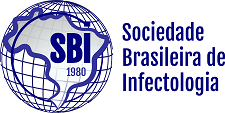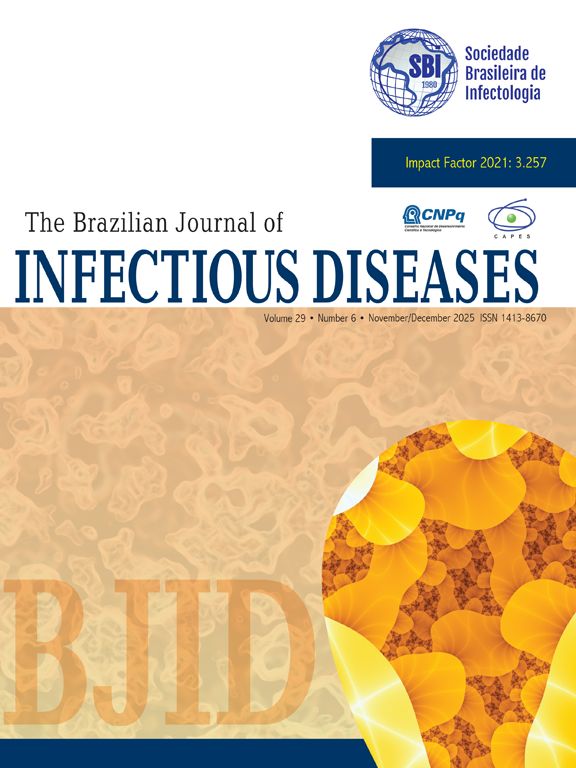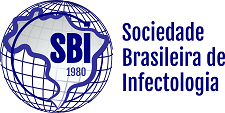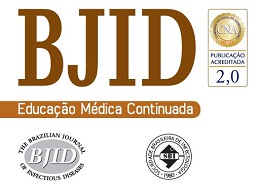Antiretroviral therapy (ART) has reduced morbidity and mortality related to human immunodeficiency virus (HIV) infection, but in spite of this advance, HIV mutations decrease antiretroviral susceptibility, thus contributing to treatment failure in patients. Genotyping HIV-1 allows the selection of new drugs after initial drug failure. This study evaluated the genotypic profile of HIV-1 isolates from treated (drug-experienced) patients in Paraná, Brazil. The prevalence of mutations in reverse transcriptase (RT) and protease (PR) genes were assessed. We analyzed 467 genotypes of patients with HIV-1 viral loads above 1,000 copies/mL. Mutations at HIV-1 RT and PR genes and previously used ART regimens were recorded. The most prevalent RT mutations were: 184V (68.31%), 215YF (51.6%), 103NS (46%), 41L (39.4%), 67N (38.54%), 210W (23.5%), 190ASE (23.2%), and 181C (17.4%). PR mutations were 90M (33.33%), 82ATFS (29%), 46I (26.8%) and 54V (22.2%). The prevalence of mutations was in line with previous national and international reports, except to non-nucleoside analogue reverse transcriptase inhibitors related mutations, which were more prevalent in this study. Previous exposure to antiretroviral drugs was associated with genotypic resistance to specific drugs, leading to treatment failure in HIV patients.
The Impact Factor measures the average number of citations received in a particular year by papers published in the journal during the two preceding years.
© Clarivate Analytics, Journal Citation Reports 2025
SRJ is a prestige metric based on the idea that not all citations are the same. SJR uses a similar algorithm as the Google page rank; it provides a quantitative and qualitative measure of the journal's impact.
See moreSNIP measures contextual citation impact by wighting citations based on the total number of citations in a subject field.
See more



